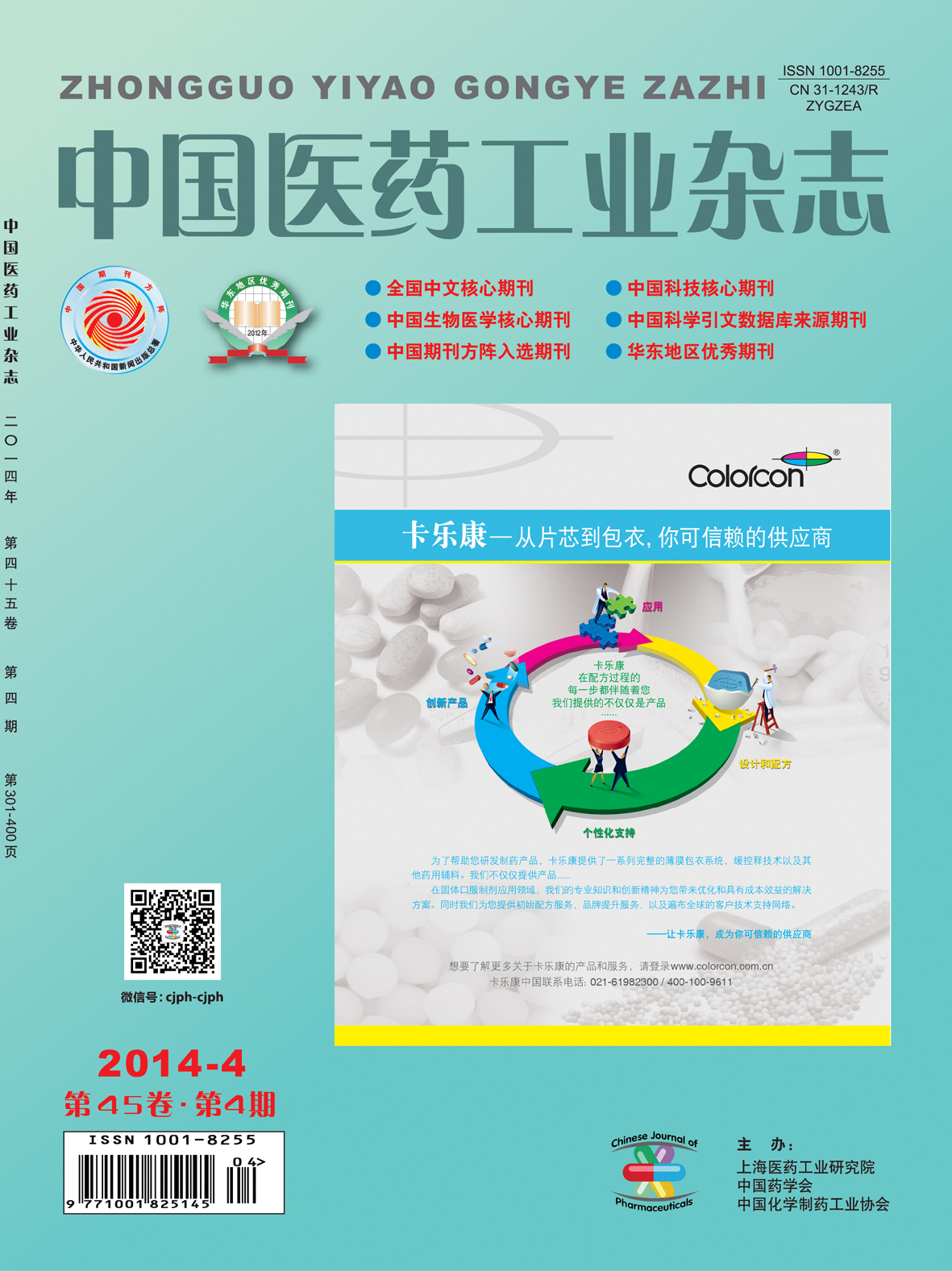CAI Zhengyan, WEN Yingling, ZHANG Shunli, LIU Zhenren, HAO Qun
2014, 45(4): 303-307.
According to the structural characteristics of rivaroxaban and its synthetic process, eight related substances: 5-chloro-N-[[2-oxo-3-[4-(3-oxo-4-morpholinyl)phenyl]-1,3-oxazolidin-5-yl]methyl]thiophene-2-carboxamide(A), N-[[(5S)-2-oxo-3-[4-(3-oxo-4-morpholinyl)phenyl]-1,3-oxazolidin-5-yl]methyl]thiophene-2-carboxamide (B), 4,5-dichloro-N-[[(5S)-2-oxo-3-[4-(3-oxo-4-morpholinyl)phenyl]-1,3-oxazolidin-5-yl]methyl]thiophene-2- carboxamide(C), (S)-2-[[[2-oxo-3-[4-(3-oxo-4-morpholinyl)phenyl]-1,3-oxazolidin-5-yl]methyl]carbamoyl]benzoic acid(D), N1,N2-bis-[[(S)-2-oxo-3-[4-(3-oxo-4-morpholinyl)phenyl]-1,3-oxazolidin-5-yl]methyl]phthalamide(E), 5-chloro-N-methylthiophene-2-carboxamide(F), 5-chloro-N,N-dimethylthiophene-2-carboxamide(G) and 1,3-bis-[[(S)-2-oxo-3-[4-(3-oxo-4-morpholinyl)phenyl]-1,3-xazolidin-5-yl]methyl]urea(H), were synthesized and confirmed by 1H NMR and MS. These substances were taken as the references for the quality control of rivaroxaban.
